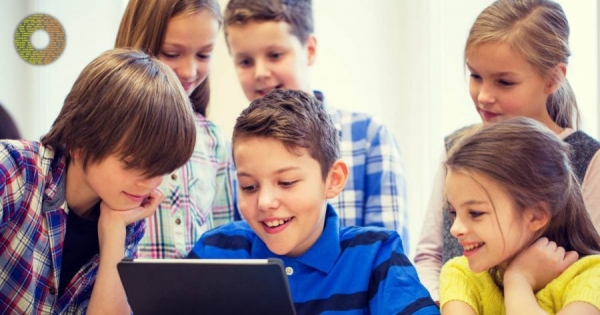The culminating act in a project-based learning experience can often be pretty straightforward:
Students get in groups.
Students do some research.
Students develop a presentation.
It’s akin to when a pitcher throws a fastball straight down the middle—the batter has to work to hit the ball, but she knows what’s coming.
In the real world, pitchers don’t just throw fastballs. In fact, they throw many different pitches, including the curveball, to make the experience unpredictable for the batter. This level of unpredictability is the same experience that leaders, citizens, and parents face in real life as they navigate changes from political turmoil, shifting customer demands, and a changing school schedule due to a global pandemic.
Imagine if we were to provide students with a few proverbial curveballs during the project and require them to make adjustments and recalibrate their thinking as they prepared for a solution to a complicated problem. This would give them valuable experience in handling unpredictable situations.
3 CURVEBALL STRATEGIES TO DEEPEN THE AUTHENTICITY OF PBL
1. Make subtle changes to the problem situation: Imagine third graders are learning about topography and the environment of a specific country. Students are given the choice to select one of six states (New South Wales, Queensland, South Australia, Tasmania, Victoria, and Western Australia) to address the following question: To what extent are we able to sustain the service industry in our state during the Covid-19 pandemic?
During the project-based unit, all students learn the key geography and earth science knowledge. While the content and question are the same for all students during the initial instruction, each student is attempting to solve the problem and apply the content in a different part of the country.
With three class periods to go, students are provided time to solve their specific problem and prepare a presentation. On the day before the presentations, student groups receive one of the following curveballs:
Their state is on lockdown (e.g., Queensland).
A bushfire has broken out in their area.
Tourists from outside the country are not allowed to visit, and they need to find an alternative solution.
While many students may be interested in this sudden change, others may have mixed emotions. Teachers should prepare reflective activities such as think, pair, and share on how we can move with such sudden changes. Teachers can also assist in these situations by proactively sharing with students that such changes may occur during class.
Let’s look at a second example. Imagine that students are about to learn about the topic of pH in their science class. At the beginning of the unit, they’re asked to choose one of the following situations:
pH in seawater (e.g., ocean acidification)
pH in soils (e.g., oxidative weathering)
pH in the body (e.g., tooth decay)
During the project-based unit, all students learn the key chemistry knowledge. While the content is the same for all students during the initial instruction, each student is attempting to apply the content to one of the three contexts.
With three class periods to go, students are provided time to solve their specific problem and prepare a presentation. On the day before the presentations, students receive new information about their project:
pH in seawater (ocean acidification: Two large countries backed out of the Paris Agreement and are going to increase practices that impact fresh water and saltwater alike.)
pH in soils (oxidative weathering: A certain portion of a state/country is going to reengage in coal mining.)
pH in the body (tooth decay: We discover that the patient has a number of ailments due to an imbalance of pH.)
2. Make slight changes to the product: Imagine that students are preparing to conduct a narrative essay for a public display of fiction writing. The students are putting the final touches on their essays, and they have met all the aspects of the rubric. The teacher then shares that new criteria have been added to the narrative essay requirements, which include the following:
The conclusion must end with a cliffhanger or a metaphor.
Figurative language must recur throughout the piece.
3. Give students a new situation: Finally, curveball three is all about shifting student thinking from one problem to a completely different problem. Let’s imagine that an entire class is evaluating solutions to curb water pollution in the United States. A few days before the presentation, the teacher provides each student with a card that includes a different context, such as the following:
Food deserts in California
Impact of climate change on South Pacific islands
Poaching of rhinos
Shipping of waste
Next, the teacher asks the students to turn their attention to the new context they have received and begin working on a solution to that problem. The teacher asks students to compare and contrast the new situation with the one on water pollution.
CONCLUSION
Where the first curveball requires students to encompass changes in a situation, the second curveball requires students to expand and deepen their knowledge of the content and incorporate that information into their product or culminating task. The final curveball allows students to see the similarities and differences across situations. When these curveballs are used judiciously in the classroom, students develop the ability to handle ambiguity and develop transfer-level skills. Moreover, they find the projects exciting, more realistic, and simply more engaging.
By Michael McDowell







